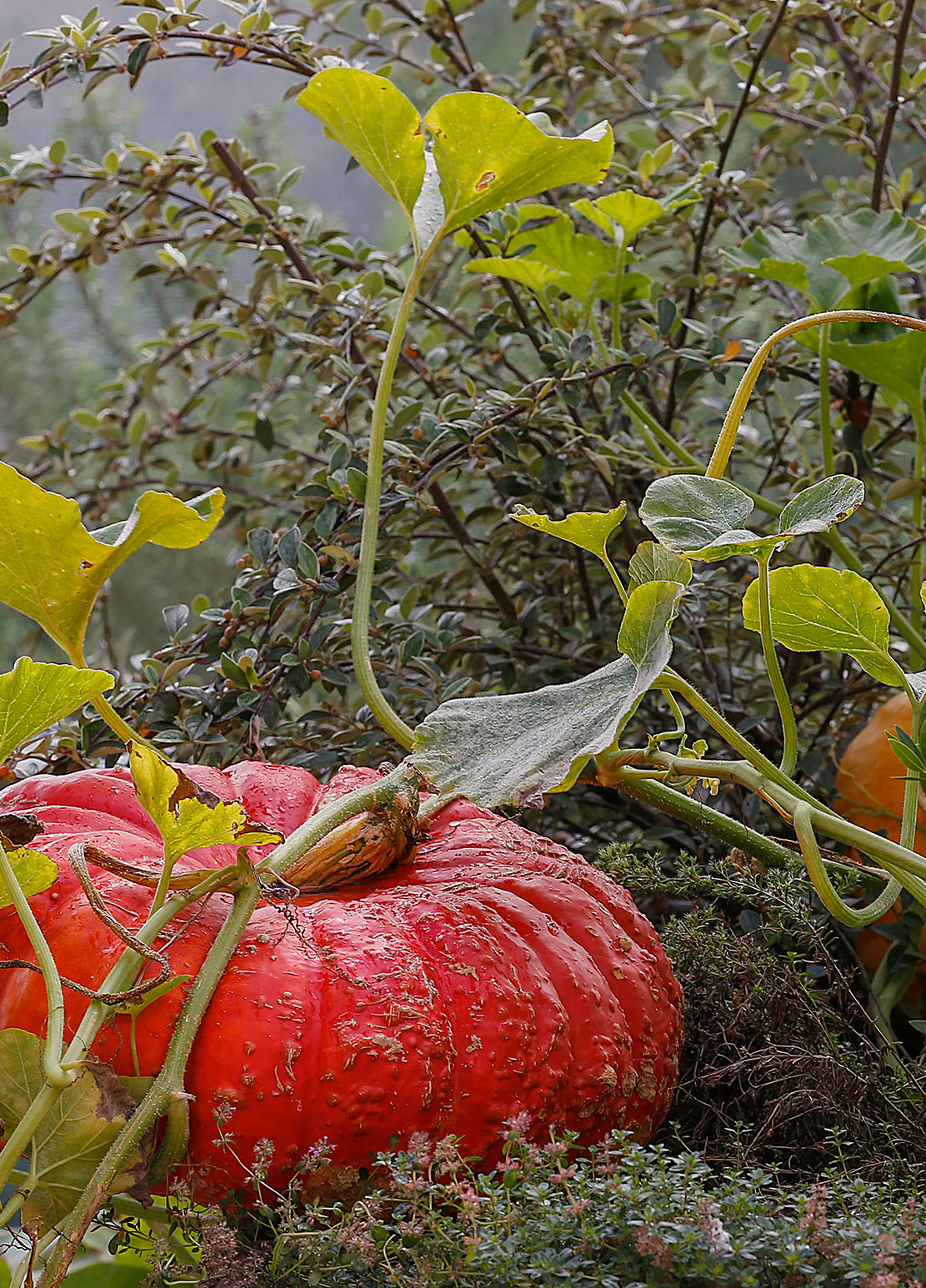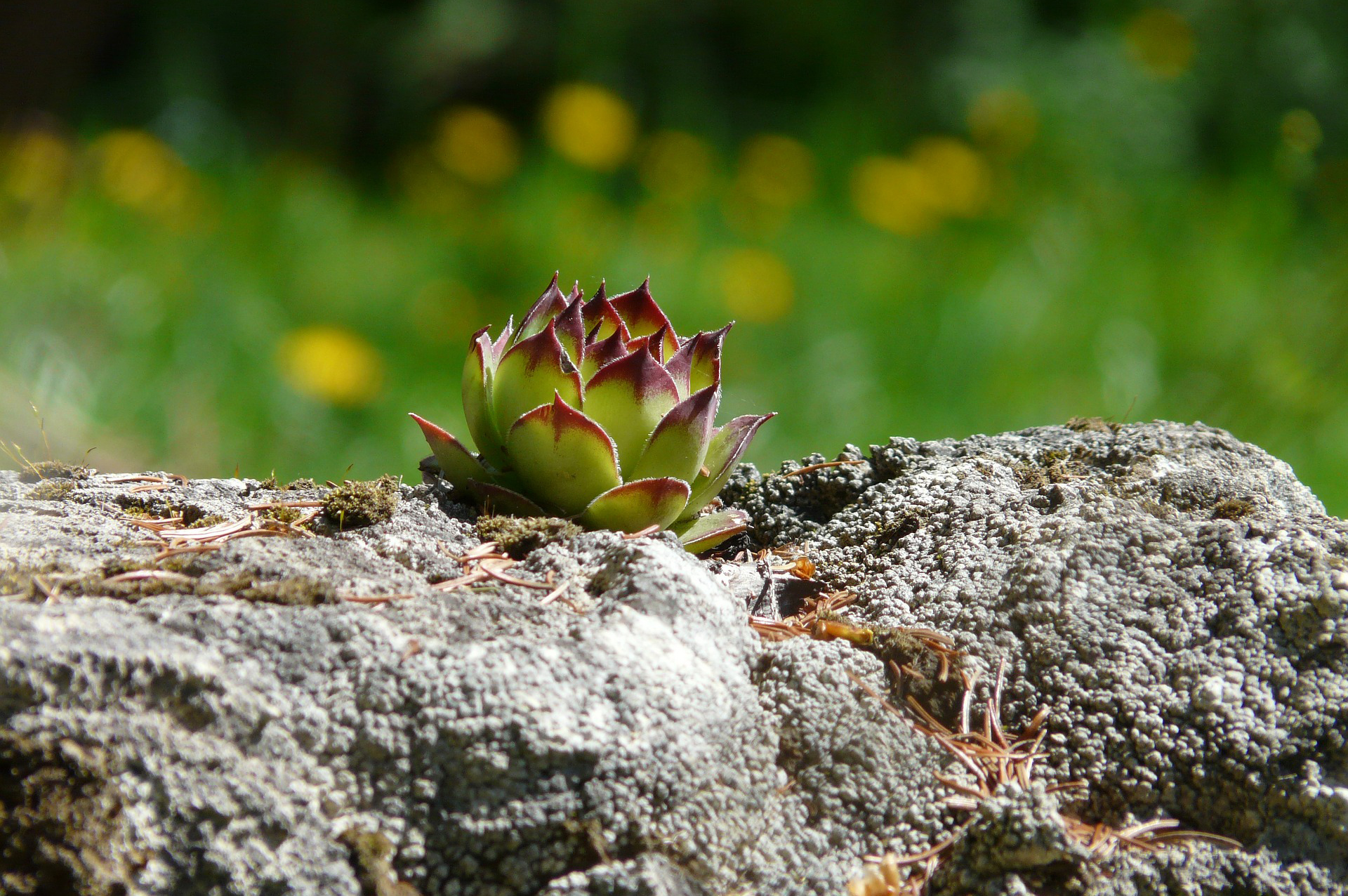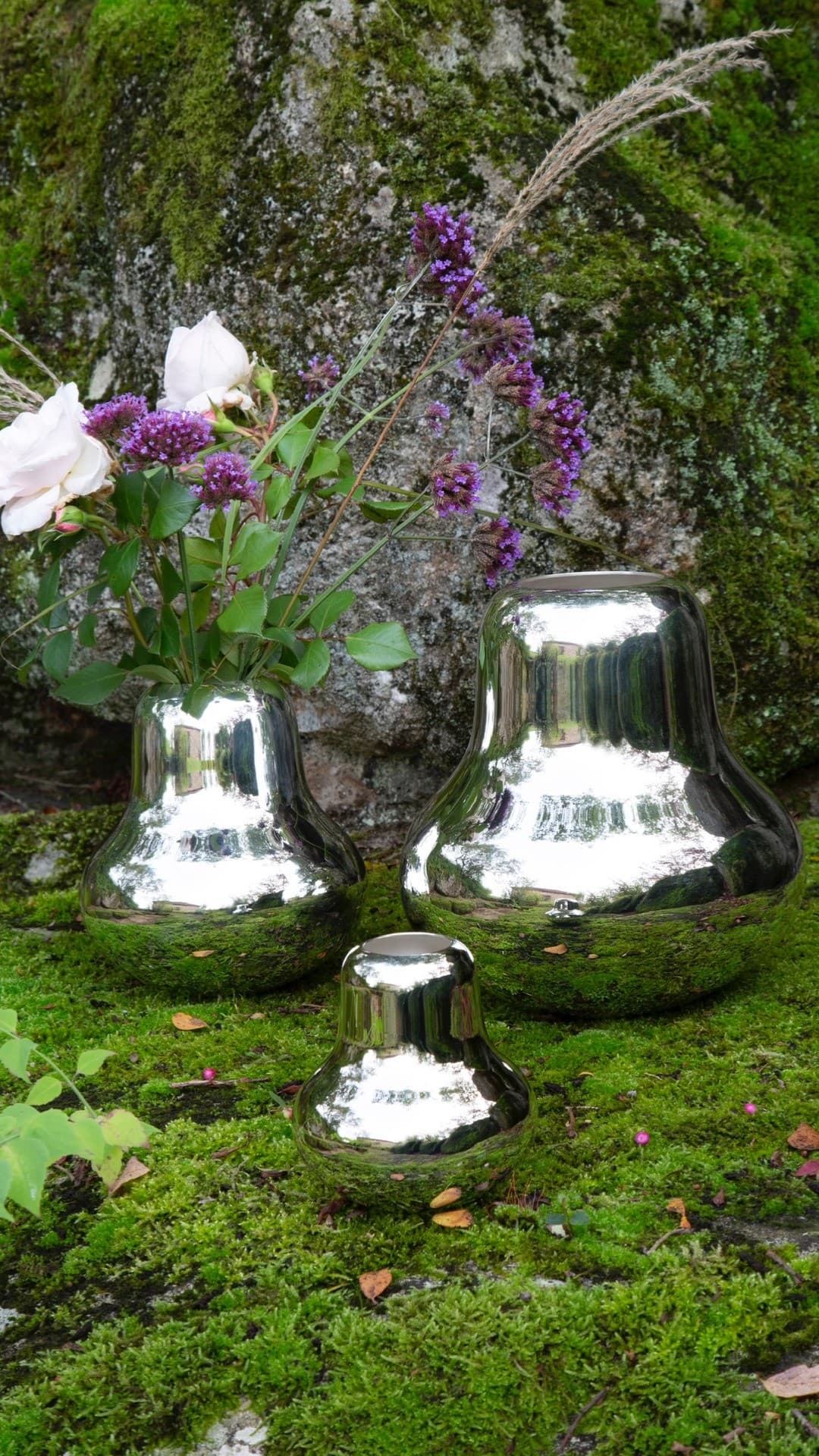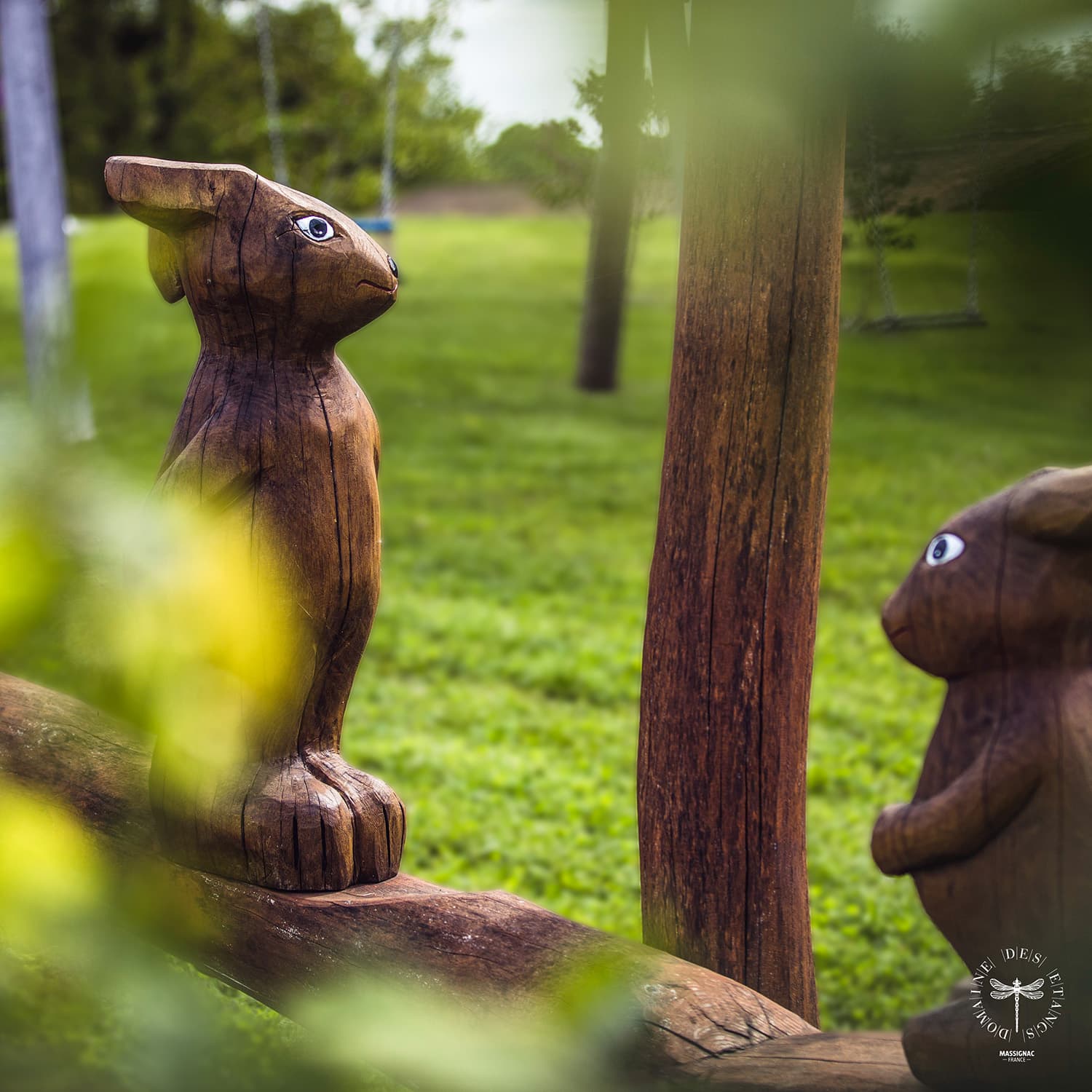Most of the vegetables grown in vegetable gardens are plants with an annual or biennial life cycle. They need to be sown every year.
In permaculture gardens however, there are other less common species that require little care. They are more resilient and yield produce over the years without any human intervention. They are perennials.
The specificity of these plants is that they have underground organs that allow them to resist through cold seasons and to reappear continuously. Many species of annual vegetables are in fact plants that are directly descended from perennial species through a long selection process. Ideal for gardeners who want to put in less effort and still treat themselves, let’s discover some of them.
PERENNIALS AND THE HISTORY OF PLANTS
Good-King-Henry, Blitum Bonus-Henricus
This resilient plant has probably been used since the Bronze Age. Resistant to the cold of the mountains, it was used in the Middle Ages as a medicinal plant. Its name, “Good-King-Henry”, comes from the High German “Guter Heinrich”, a kind nature elf. According to German tradition, its presence is beneficial and it protects families. Its leaves are said to be shaped like the elf’s feet.
New shoots can be eaten like spinach. They are rich in vitamin A and iron.
Wild leek, Allium Ampeloprasum
Eaten since the Palaeolithic era, these leeks were cultivated in Mesopotamian and Egyptian gardens. Their cultivation therefore dates back more than 4,000 years.
Wild leeks are a bit smaller than normal leeks, but they grow in clumps of several stems.
Everything can be eaten in wild leeks: the stem, the bulb and even the flower. They are rich in phosphorus and constitute a good antiseptic.
Daubenton’s kale, Brassica Oleracea var. Ramosa
This perennial kale is named after Daubenton, the first director of the French National Museum of Natural History in 1716. This plant, which does not produce apples like other cabbages, produces side shoots that taste like broccoli and that can be picked year-round.
In his work on agriculture, Cato, like all the Romans and Greeks, describes cabbage as a universal remedy, good for a healthy body.
Formerly used for fodder, Daubenton’s kale is now a favourite of gourmets.
Yacon, Polymnia edulis
Reaching up to two metres in height, this plant produces small yellow flowers that resemble sunflowers. It is native to the mountain plateaus of South America and is not invasive. Its large tubers are eaten like potatoes and can be stored for a long time.
Raw or cooked, the yacon has a slightly sweet taste. Its leaves can also be enjoyed as a herbal tea rich in prebiotics. It is good for the digestive system.
Tree onion, Allium cepa var. proliferum
The resilient perpetual onion comes from the Mediterranean region. This vegetable distinguishes itself with its bulbs at the end of its stems, in the air.
Its leaves can be used as aromatics in your recipes. With its shallot-like taste, this onion is interesting to cook. It is a resourceful plant whose beauty is original.
Oca, Oxalis crenata
This large plant, originating from South America, grows tubers with a delicate taste. It almost replaced the potato, but it was not productive enough. Tasty, it is a surprising discovery for the vegetable garden. Its trifoliate leaves are also edible and ideal for salads. Its flowers are decorative.
Perennial vegetables are more resistant to disease and contain many nutrients. They are a little less productive, but still consistently provide food. They are also very pleasing to the eye as ornamental plants because of their size and flowers.
What perennials have you planted in your garden?
*P.S: Choose areas away from annual crops, as perennials take up space.












